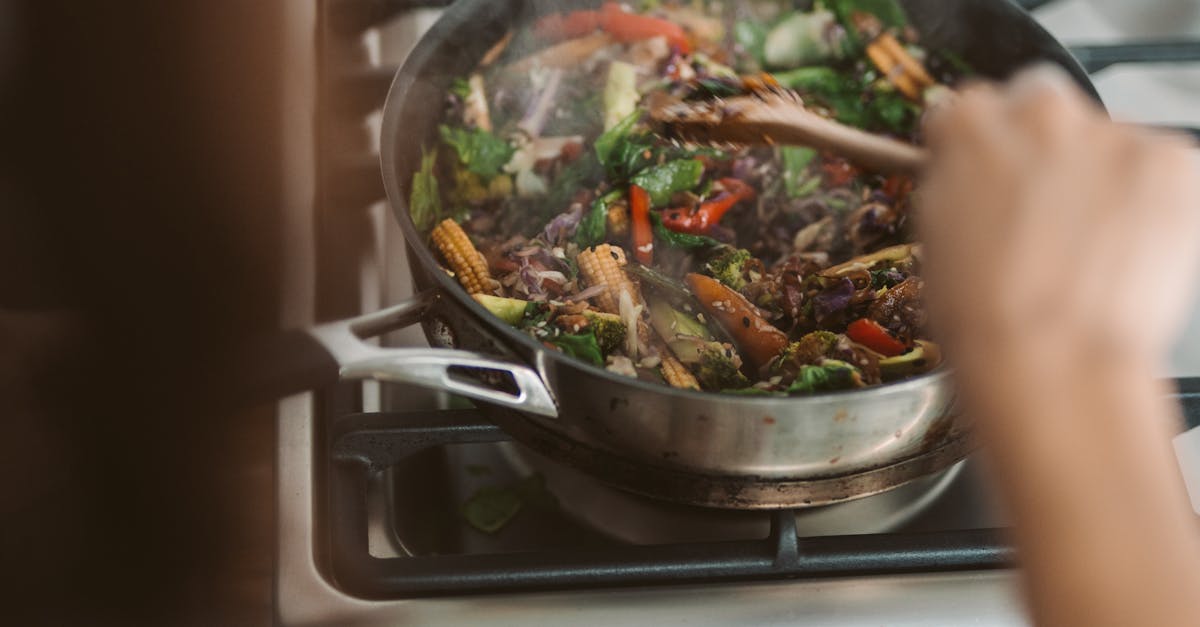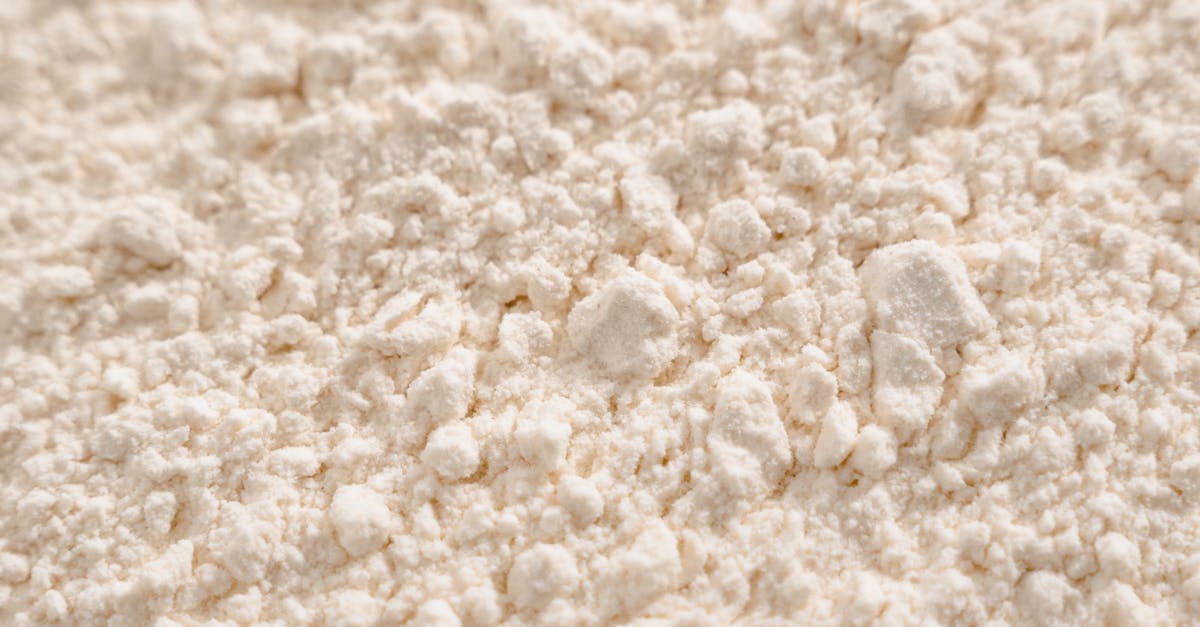When it comes to healthy eating, besan chilla is a popular choice, especially for those looking to incorporate more nutritious options into their diet. Made primarily from gram flour (besan) and packed with vegetables, this dish is not only delicious but also offers a range of health benefits. In this article, we’ll dive into the calorie content of one besan chilla with vegetables and explore its nutritional profile, helping you make informed dietary choices.
| Ingredient | Calories |
|---|---|
| Besan (1/2 cup) | 200 |
| Mixed Vegetables (1/2 cup) | 25 |
| Oil for Cooking (1 tsp) | 40 |
| Spices and Seasonings | 5 |
| Total Calories | 270 |
Calories from Besan
The primary ingredient in besan chilla is gram flour, which is made from ground chickpeas. One-half cup of besan contains approximately 200 calories. This makes it a substantial base for the dish. It is rich in protein and dietary fiber, contributing to a feeling of fullness and helping to regulate blood sugar levels. Additionally, besan is gluten-free, making it an excellent choice for those with gluten sensitivities.

Calories from Mixed Vegetables
Adding vegetables to your besan chilla not only enhances its flavor but also increases its nutritional value. A half-cup serving of mixed vegetables contributes about 25 calories. Common vegetables used include spinach, bell peppers, onions, and tomatoes, which add vitamins, minerals, and antioxidants to the dish. These nutrients are essential for overall health and can help boost immunity and improve digestion.

Calories from Oil
While cooking, a teaspoon of oil is typically used, contributing around 40 calories. The choice of oil can affect the overall healthiness of the dish. Using healthier oils such as olive or coconut oil can provide beneficial fats. It’s important to use oil in moderation to keep the calorie count in check while still achieving a delicious flavor and texture.

Calories from Spices and Seasonings
Spices and seasonings may seem insignificant in terms of calories, but they play a crucial role in flavoring your besan chilla. The calorie contribution from spices is minimal, around 5 calories. Common spices include turmeric, cumin, and chili powder, which not only enhance taste but also offer various health benefits such as anti-inflammatory properties and improved metabolism.

Total Caloric Content
When you add up all the ingredients, one besan chilla with vegetables contains approximately 270 calories. This makes it a relatively low-calorie meal option that is also rich in nutrients. Its high protein and fiber content can help keep you satiated, making it a great choice for breakfast, lunch, or even a snack. Enjoying it with a side of yogurt or a salad can further enhance its health benefits.

FAQ
1. Is besan chilla healthy?
Yes, besan chilla is a healthy option due to its high protein and fiber content, as well as the addition of vegetables which provide essential vitamins and minerals. It is also gluten-free, making it suitable for those with gluten sensitivities.
2. Can I make besan chilla without oil?
While oil is typically used for cooking to enhance flavor and texture, you can make besan chilla on a non-stick pan without oil. This will reduce the calorie content, but the taste and texture may differ.
3. How can I increase the nutritional value of my besan chilla?
You can increase the nutritional value by adding a variety of vegetables such as spinach, carrots, and bell peppers. Additionally, incorporating herbs and spices can provide extra health benefits without adding many calories.
4. How many calories can I expect if I add cheese to my besan chilla?
Adding cheese can significantly increase the calorie count. For example, adding a tablespoon of grated cheese can add around 25-30 calories, depending on the type of cheese used. Be mindful of portion sizes to keep the dish balanced.
5. What are the best dips to serve with besan chilla?
Besan chilla pairs well with yogurt-based dips like mint chutney or raita, which can enhance the flavor and add probiotics, making your meal even healthier.
For more detailed nutritional information, you can refer to trusted sources such as the [USDA FoodData Central](https://fdc.nal.usda.gov/) and the [National Institutes of Health](https://www.nih.gov/). These resources provide comprehensive data on food nutrition, helping you make informed dietary choices.
